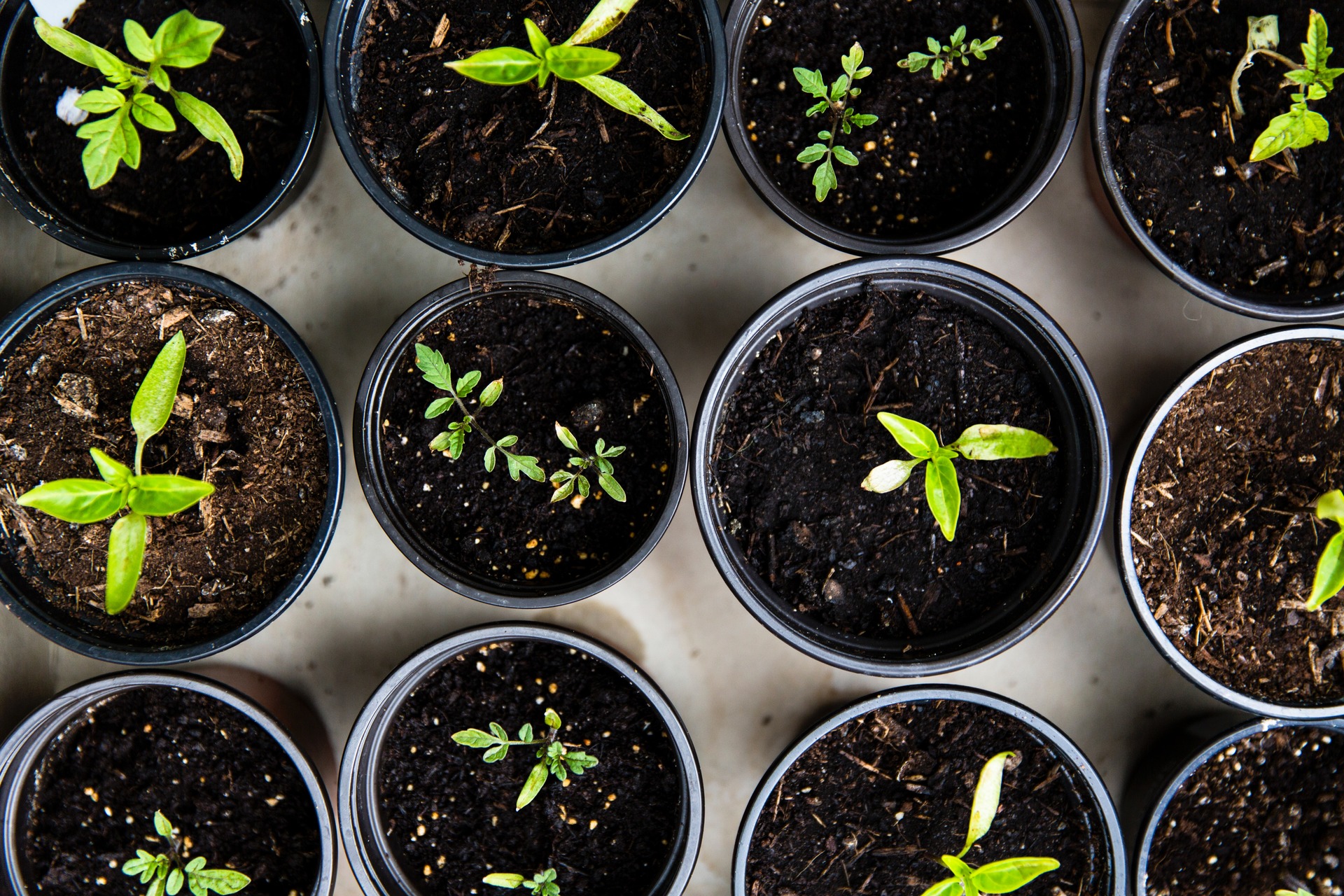
How to Start a Small Vegetable Garden at Home
We are reader-supported. When you buy through links on our site, we may earn affiliate commission.
Gardening is an excellent way to get in touch with nature, explore a new hobby and enjoy some delicious fruits and vegetables. The best part? You can do it all on your own property with full control over what you grow. You don’t have to recreate the Gardens of Versailles overnight — a personal garden patch is enough to satisfy your green thumb. Learn more about how to start a small vegetable garden at home.
Why Start a Small Vegetable Garden?
Whether you’re an experienced gardener or you’re just learning how to identify seedlings, spending time in the soil has so many benefits for your health and happiness.
To begin with, there are the fresh fruits and vegetables themselves — homegrown produce is healthy and delicious. You can enjoy your favorite natural snacks by yourself or with friends and family — or you can sell them for a small profit. Growing your own food also means you’ll save money you would’ve spent on more expensive vegetables at the store.
You’ll also reap the mental benefits of dedicating yourself to a small garden. Gardening is a fun hobby that keeps you physically active while engaging your mind. It can be a lot of work, but starting small will help you avoid feeling overwhelmed. Nothing compares to the pride and satisfaction you’ll feel when you finally harvest the fruits (and vegetables) of your labors.
9 Tips for Starting Your Garden
Convinced to start your own backyard fruit and veggie patch? Follow these tips on how to start a small vegetable garden and get ready to embrace a healthy new hobby.
1. Start Small (Literally)
If you’re just establishing your first garden, don’t be afraid to start with a small plot and achievable goals. There’s no need to plan an extravagant garden with dozens of fruits, vegetables, herbs and flowers — you’ll just get overwhelmed, which makes you more likely to give up altogether.
Instead, limit yourself to a number of easy vegetables that you can grow within a relatively small space. When you focus your attention on a few of your favorites, you’ll see better results.
2. Grow What You Love
The best part of starting your own garden is that you can grow whatever you enjoy eating. Love adding cherry tomatoes to your salads? You’re in luck — cherry tomatoes are among the easiest plants to grow!
You have the freedom to plant whatever you want, and you’ll be more motivated to care for your garden over the next several months if you enjoy what you’re growing. At the end of the season, you can even throw a real “garden party” for your friends and family, with fresh fruit and dishes made from your harvested vegetables.
3. Choose the Right Spot
Whether you’re growing in your backyard or your apartment’s balcony, you need to select the right location for your garden. Your plants should get at least six hours of direct sunlight every day — if you have the choice, morning sunlight is better and less harsh on sensitive plants than afternoon sunshine. Your garden should also be accessible so you can easily water and tend to it every day.
You can make your space work no matter the limitations. For example, if you have limited floor space on your apartment balcony, you can use trellises or hanging baskets to grow beans, cherry tomatoes or strawberries.
4. Give Your Plants a Strong Start
Starting a garden is more than dropping some seeds in the ground and waiting for them to grow harvestable vegetables. Well, you could try that — but we don’t recommend it. Instead, give your small garden the best start possible.
Use rich soil with all the nutrients your plants need, along with fertilizer and fresh water on a regular basis. If you’re planting in early spring, start your seedlings indoors in containers so you can move them outside when the ground is warm enough and the threat of frost has passed.
5. Understand Your Planting Schedule
Fruits and vegetables thrive in specific climates and at different times of the year. To ensure you’re giving your produce the best shot at growing well, familiarize yourself with the planting schedule for your zone. Check out the USDA Plant Hardiness Zone map to find your region and learn more about when to plant, water and harvest your garden.
6. Invest in Good Tools
While you don’t need major farm equipment to take care of your small garden, it’s worthwhile to invest in a few reliable basics to help you throughout the season. You might need a shovel, spade, garden fork, rake, watering can, gloves and garden shears. If you’re gardening in a larger space, a wheelbarrow is a great way to move plants, produce, weeds or any other debris from place to place.
7. Prepare to Protect Your Plants
You’ve worked hard to grow your plants from seedlings to harvestable fruit. Don’t let pests, hungry critters or harsh weather erase all your progress. Take the proper steps to protect your garden from natural threats, such as using plant pot stabilizers to prevent strong winds from carrying your greenery away.
If you have bugs, rabbits or deer picking at your produce, shop around for a natural pest control that deters these hungry intruders. There are plenty of effective non-toxic options, like planting flower species that insects don’t like or installing a fence that serves as a physical barrier.
8. Start a Compost Pile
Your garden will produce lots of delicious fruits and vegetables, but it also creates plenty of refuse. Leaves, branches, grass clippings, rotten produce and weeds — you must periodically remove all this excess to keep your garden clean. Fortunately, you can put your garden waste to good use with a compost pile.
Composting your garden debris and unfinished food from your home is a great way to “recycle” what you have instead of just throwing it away. Once your compost has matured, you can use it to mulch and fertilize your garden.
9. Harvest When the Time Is Right
Learn to identify mature produce by sight. Fruits and vegetables have different harvest times, so you should be familiar with the colors, textures and other aspects that indicate when you should take it off the vine. Underripe fruit may be too acidic to enjoy, but if you wait too long, your fruits and vegetables might get overripe.
Taking Care of Your Small Vegetable Garden
You don’t need the biggest garden on the block to have a happy harvest. Learning how to start a small vegetable garden is a great way to embrace a new hobby and enjoy plentiful rewards at the end of every season.
Share on
Like what you read? Join other Environment.co readers!
Get the latest updates on our planet by subscribing to the Environment.co newsletter!
About the author
Rachel Lark
Rachel serves as the Assistant Editor of Environment.co. A true foodie and activist at heart, she loves covering topics ranging from veganism to off grid living.




